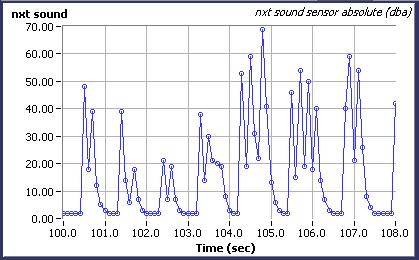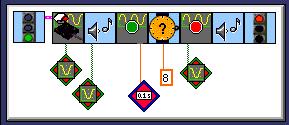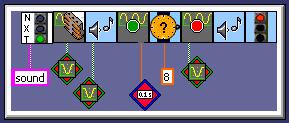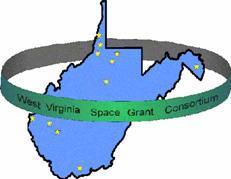January 2-5, 2007
TAG and math classes from third to fifth grade at three schools
worked on datalogging with RCX and NXT sound sensors.

Students used Sound sensor on the RCX or NXT to record the sound sensor readings of a ball going through a LEGO tube structure.
They broke into groups and created their own "rain stick" to make sound.
After the program was run the sound data was uploaded and students were able to look at the graphs and see when the sound was loud and quiet.
The plan was to have the students be able to recognize from the graph from where the data was gathered.
There are sensors on Mars and not people. But from here we can "see" what the sensors are picking up.


It seems strange that not zeroing out the sensor will start the x values at 100 and zeroing out the sensor will start the x values at 0.
A smile or a telephone- the tubs can make a sound louder to your ear
if you make a tube from your mouth to you ear.
The sounds the ball makes going down a path is to be data logged.
Here is one RoboLab program used.
Building while thinking about sound makes for a quieter room.
To have every one quiet for 8 seconds while we run the program on the
RCX or NXT
the one pushing the button to run the program would ask for
"Eight seconds of quiet, please" and all would hold their breath until
the end note of the program.
Now we can "see" the sound data.
RCX or NXT
Each group liked making a circle tube.
It is easy to see the quiet moments.
The tub structures can be built so that there are actually holes in
the paths for the balls
and the balls can still go from top to bottom.
The loudest peak was when the ball hit the blocks after the slide.
The data was compared.
Repeated runs of the ball.
How many times did he have the ball through the tube?
The tube structures can be built so that there are actually holes in
the paths for the balls
and the balls can still go from top to bottom.
Build
Program
After running the program upload the data.
Programming two button remote.
We can data log sound and "see" the graphs of the loudness.
She said that this made the sound loud.
We checked the sound reading when they were far and then close to the
sound sensor
and the numbers where much bigger when the motion was close to the
sensor.
Moving the ball around near her ear was what made it sound louder to
her.
The data far from the sensor and close to the sensor look much alike.
However the ranges hardly overlap.

